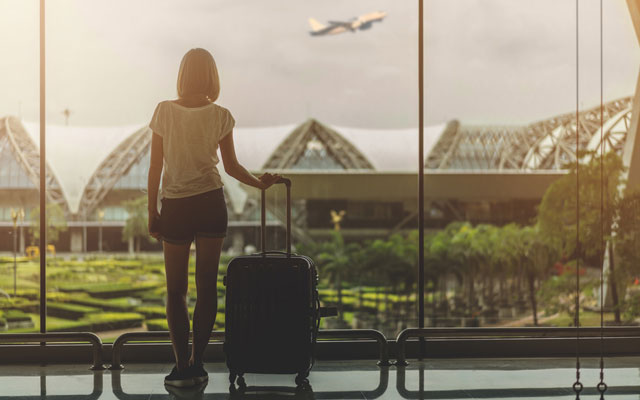The post-pandemic era will surface a further retreat from globalisation, which will favour domestic and regional travel, with Asia-Pacific likely the first region to see a recovery in travel demand once the Covid-19 situation subsides, accompanied by a projected surge in domestic travel.
Insights released by Sojern revealed that already, South Korea has been exhibiting signs of recovery over the past month, as domestic searches and bookings at hotels for the following months have slowly bounced back. The number of searches are nearly back to last year’s figures, and bookings have been on the rise since the week of February 23.

In the larger Asia-Pacific picture, Thailand, New Zealand, Australia and Japan have registered an increase in domestic flight searches for immediate travel in the month of March. While this could signal locals flying back to their hometowns within the country, the trend is worth monitoring.
“Sojern’s data shows that domestic travel will bounce back first,” noted Amber Kuo, director of travel insights & analytics.
“Some parts of Asia-Pacific have been ahead of the world in their vigilance, so we expect that Asia-Pacific will be the first region to recover. Already, China’s situation is largely under control and they are able to schedule domestic flights to fly travellers throughout the country.
“If the rest of the world controls the virus at a slower pace than Asia-Pacific, that means that their economies may recover slower also. Asia-Pacific would at least be able to fall back on rebuilding a vibrant domestic, intra-regional tourism and travel market. At a global level, Asia-Pacific may open up first, followed by Europe, the Middle East, Africa (EMEA) and then the US and Latin America.”
Kuo added that while data may show increasing domestic travel within China, its “mixed signals” do not conclusively signify recovery. For instance, the increase in hotel stays in Beijing could be a result of more people in quarantine, and the influx of Chinese nationals returning from overseas can only definitively indicate successful virus containment.
However, Sojern is keeping a close watch on China for any hints at travel demand picking up. Kuo shared: “Specifically, we are interested to identify increases in domestic flight bookings and hotel bookings throughout many first- and second-tier cities. We are also watching for significant signals of trip planning around upcoming Chinese holidays.”
She asserted that the period immediately after quarantine – when “people will be looking to get out of the house in a variety of ways” – is crucial for travel marketers to ensure visibility as consumers are making decisions.
“It’s in everyone’s best interests that brands are talking to their customers during this time, be it to empathise with them; share stories of what your brand, your customers, or your communities are doing; or to show you are simply still around for when this all passes.
“At a minimum, (companies) should remain aware of domestic and international trends that are changing daily, sometimes hourly. Our data shows travellers are still searching and many are booking trips for 4Q2020 and early 2021. Think about how you want to come across as people start exploring the idea of travel again, and have new creatives ready.”
Examples include Singapore’s hotels recently targeting local interest in staycations, families looking for things to do during the March school holidays and offering room packages to temporarily house displaced Malaysian employees.
Some hoteliers around Asia have also started offering curbside pickup from their restaurants, and certain airlines are announcing winter timetables early, while relaxing cancellation and booking policies to increase consumer confidence and control.




















